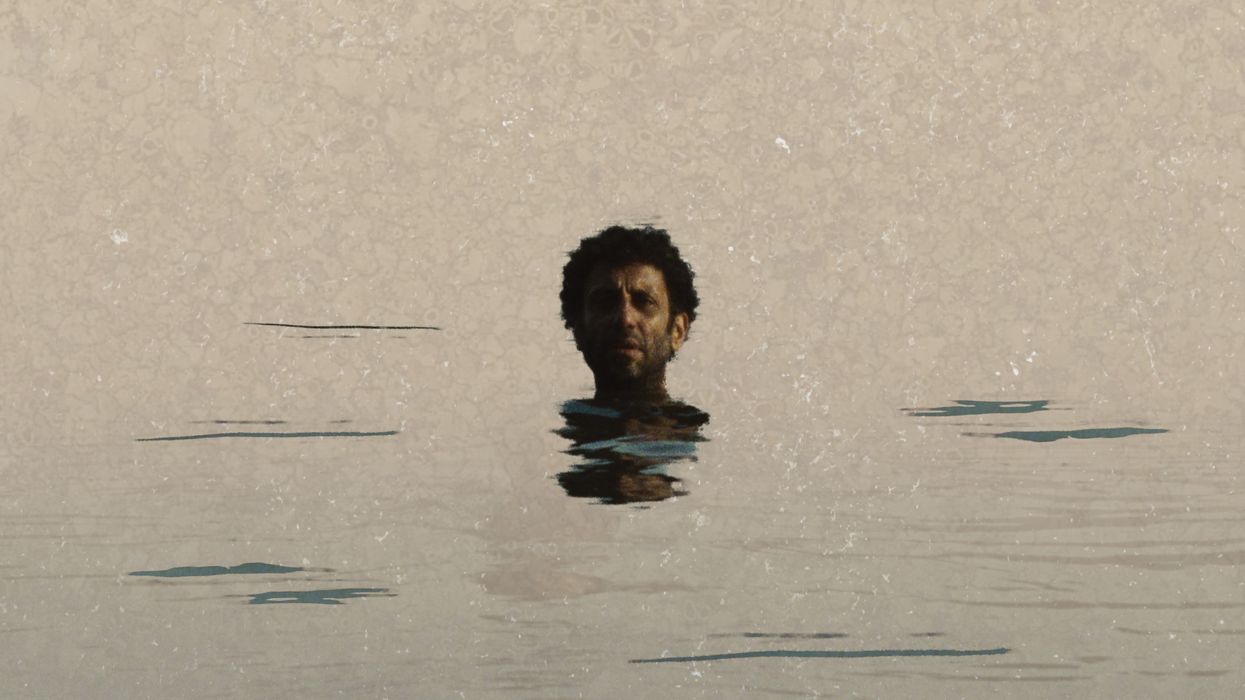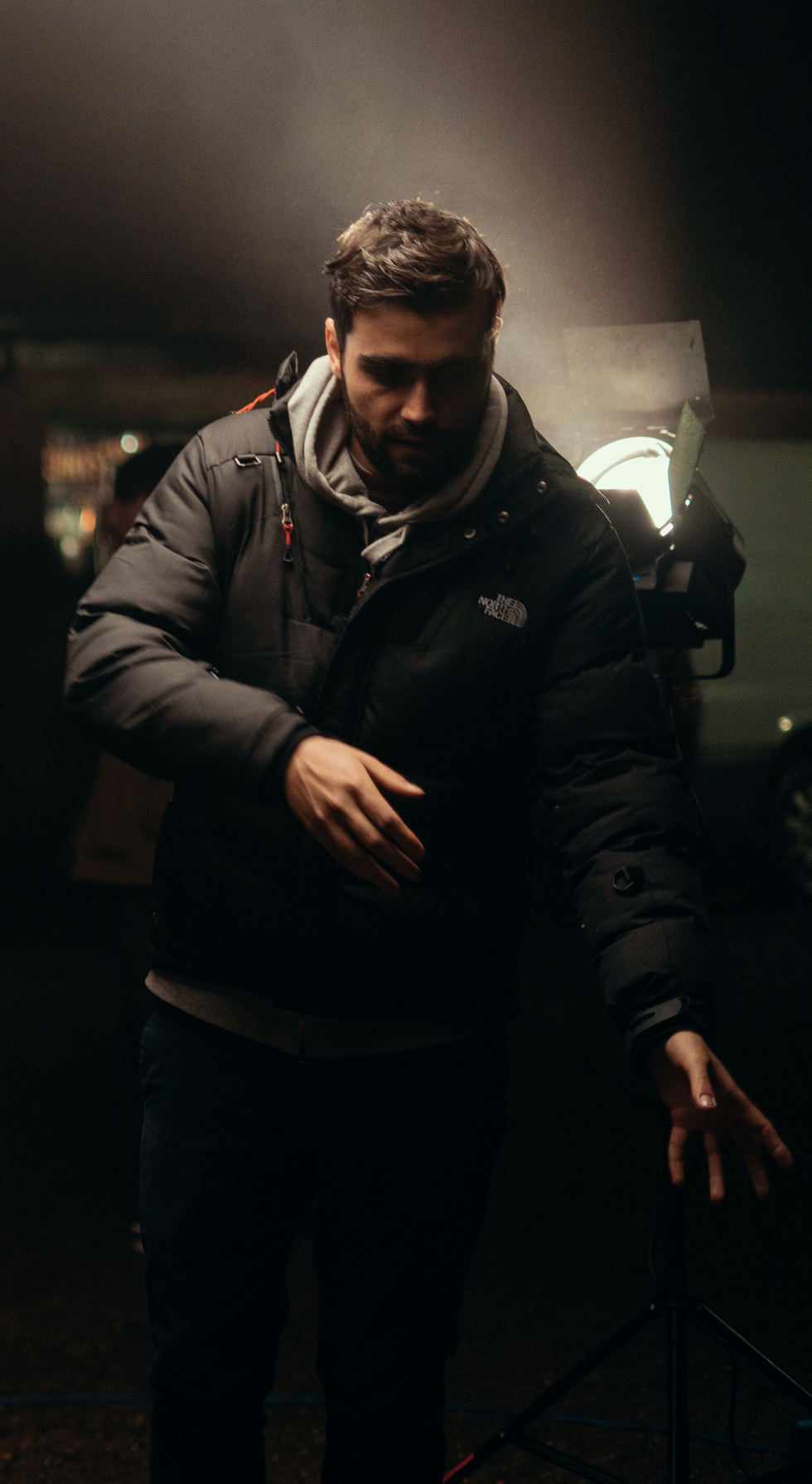How These Filmmakers Are Creating New Aesthetic for Working-Class British Cinema
Filmmaker Michael Jobling talks about the need to tell stories in a way that is unexpected and challenging in his latest short film.

'The Walk'
This post was written by Michael Jobling.
After Sophie Ellerby, writer of The Walk, had reached out to me asking if I wanted to collaborate on something and I enthusiastically agreed, we went about looking for ideas. We had a few calls and coffees, essentially talking about the kind of things that interested us both, and the kind of stories we enjoyed.
We realized that we both had a great deal of empathy for and desire to understand people in British society that might normally go unnoticed and to put them center-stage.
Sophie then came across an article in The Guardian, which interviewed a small group of people living in a rural village who were directly impacted by the local government’s recent decision to cut the bus route to the nearest town. Those without access to alternative transport or money for the £40 taxi fare had been essentially marooned. One of the villagers focused on in the article, at the age of 55 years, found he would have to walk a 24-mile round trip every time he had to attend his mandatory weekly meetings at his closest JobCentre.
We went about figuring out what this journey might look and feel like, especially when the destination was so fruitless. This, in turn, morphed into a central question that helped us anchor the story: Is this a pilgrimage or is it purgatory? How does one attribute meaning and purpose to a "quest" that has no end in sight or any real reward?

As the project progressed practically, with the insanely talented Anna Griffin coming on as producer along with her wonderful production team Hester Bloom, then Ella Townsend, Sophie, and I dug deeper and realized that the original article didn’t explore what else might already be going on in these character’s lives. We began to imagine how someone already dealing with grief for example, or alienation from family might deal with something like this.
By this point in the process, I couldn’t believe my luck; to be surrounded by such talent that was guiding and supporting my vision felt like a huge stamp of approval, especially at a time when I felt I most needed it. My confidence had taken a big knock like I imagine most people had during the pandemic, as well as from my own recent experience of grief. But when we received both the much sought-after BFI Network funding and the confirmation that BAFTA-winning actor Adeel Akhtar would be joining the project, I became sure that this film wanted to be made and to be seen.
From this point on, I made it my prerogative to learn as much as possible from the talent around me, all of whom had tonnes more experience than me. Working with Adeel for example, essentially consisted of long rambling conversations about pretty much everything apart from the film. We found we were both faced with the challenge of making a film about a man walking by himself through the countryside, with the weight of the world on his shoulders and no one to talk to. Therefore, the need for both of us to understand each other, and know where our instincts and gut feelings might lead to was paramount as there was so little to fall back on.
This style of working, which essentially revolved around trust; a trust that we’re all making the same film, was what propped the film up. DP Jermaine Edwards convincing me to shoot on 35mm film, and to trust a process that ultimately demands an unwavering focus from the whole crew elevated my directing and command of each scene to a level I didn’t think I was capable of.
The M1’s (aka Gavin Poole’s) incredible sound design (despite it being his first film), and the space afforded to him to experiment and attempt to bring the audience inside Amar’s head was achieved through a trusting, collaborative relationship.
I’m also incredibly grateful for the trust the whole team put in me, to tell this story in a way that audiences perhaps might not have envisaged after reading the synopsis. I believe people have come to expect a certain aesthetic when they think of working-class British cinema, often consisting of shaky cutaways of a brutal landscape or dirty dishes.
I’ve always been puzzled as to why filmmakers approach stories about people in really difficult situations and feel that there’s only one visual language reserved for communicating this.
This post was written by Michael Jobling.











